Bumblebees are a large group of insects in the Bombus genus. They are part of the bee family, and usually resemble big, fuzzy honeybees. Unlike their smaller relatives, bumblebees have small colonies. Most bumblebee nests have fewer than 50 individuals. Like most bees, these insects are important plant pollinators. Read on to learn about the bumblebee.
Description of the Bumblebee
Because there are over 250 different species in their genus, these bees can vary greatly in appearance. However, the vast majority share a few common characteristics. Their bodies are plump and rounded, and they have a fluffy or furry appearance. Across those bodies are broad bands of color, usually yellows, blacks, and browns. Alternately, some species have no stripes at all.
Interesting Facts About the Bumblebee
Just like other bee species, bumblebees are an extremely important part of the ecosystem. There is a huge variety of species, each with its own localized importance.
- “Flying Mice” – Yes, you heard that correctly! The largest species of bumblebee is so large that the locals refer to them as “flying mice.” The species Bombus dahlbomii is native to South America and can grow up to 1.6 in. long! Unfortunately, their populations are declining, and the IUCN considers them endangered.
- Hover-Bug – Navigating into flowers to collect nectar takes some precise flying. To fly with such a high level of precision, these insects must flap their wings really Bumblebees’ wings move at 200 beats per second! That is more than twice as fast as hummingbirds!
- Speedy Sipper – Of course, flapping your wings that quickly takes up a lot of energy. To compensate for the amount of calories burned by flying, they must eat almost continually. In fact, if they do not feed at least every 40 minutes, they will starve!
- Picky Parent – Bumblebee queens can pick and choose what gender of offspring they are going to produce. If she lays an unfertilized egg, it will produce a male. Conversely, if she fertilizes an egg with sperm she has stored from the summer, it will produce a female bee.
Habitat of the Bumblebee
Most bumblebee species live in temperate regions, and can tolerate cold climates more easily. They also live in areas with higher altitudes, like mountainous regions.
Usually, bees cannot survive in regions where it is too cold. These bees, however, can thrive! Some species even live in the Arctic! They can live in colder areas because they have methods of maintaining body temperature that many other insects do not.
Distribution of the Bumblebee
With over 250 species, these bees have nearly widespread distribution, known as cosmopolitan distribution. The different species live on nearly every continent on earth. They are absent from Antarctica, most of Africa, Australia and some of the surrounding islands, and southern India.
Humans have also introduced some species to areas that are outside of their native range, like New Zealand. However, in this case they are actually beneficial to the ecosystem.
Diet of the Bumblebee
These insects feed exclusively on nectar from plants. To reach the nectar, they use a long tongue called a proboscis. In some regions, certain species will specialize in feeding from specific plants. Contrastingly, some species are generalists and feed on just about any plant species.
Scientists call this a mutualistic relationship, because the bees collect pollen from the flowers, and spread it to other flowers as they feed. Spreading pollen aids in the pollination and reproduction of the plants.
Bumblebee and Human Interaction
Across the globe, these insects are extremely important to human agriculture and food production. Pollination of plants is essential in the production of food, and without bees many species of plants would be unable to reproduce.
Humans even breed some species of bumblebees in captivity for the purpose of pollinating crops! Sadly, many species are suffering from human activity. Virtually everything impacts bees, bumble or otherwise. Pollution, deforestation, urbanization, and agriculture, all kill off the native plants these insects rely on to survive. Another strong impact to populations is pesticides, which often kill all insects, beneficial or not.
Domestication
Scientists consider some species of bumblebees partially domesticated. Farmers use buff-tailed bumblebees in particular for the purpose of pollinating crops. Humans use them for plant pollination, and breed them in captivity.
Does the Bumblebee Make a Good Pet
Though bumblebees are much more docile than other bee species, for the most part they do not make good pets. Most are colonial animals, and live in a collective nest. There are very few instances where people keep them as pets. Instead, cultivation of nests in the form of beekeeping is preferred.
Bumblebee Care
The United States Department of Agriculture provides a comprehensive guide to bumblebee keeping. Keeping hives can be a wonderful way to increase pollination in an area. It also helps local populations increase their genetic diversity and range.
It is important to provide suitable nest locations for the bees. Another important factor is the plant species located nearby. Ensure that the species you choose has suitable food sources planted to feed from.
Behavior of the Bumblebee
Like most bees, these insects are diurnal. This means that they are active during the day, and rest at night. The bees will fly to familiar patches of flowers to feed, and continue to return to known areas until they do not produce enough nectar to sustain them anymore. While feeding, most species collect pollen on their fuzzy bodies. When they fly to the next flower, the bee transfers some of that pollen, helping the flowers reproduce.
Reproduction of the Bumblebee
Most species build nests underground, but some choose dense vegetation or hollow trees. The queen chooses a suitable nesting site and builds a number of wax cells to lay her eggs in. Those eggs hatch into workers, which will help her build the colony and care for additional offspring. The development time differs by species, but eggs laid by the queen hatch into larvae. Those larvae go through a pupae stage before transforming into their adult stage.



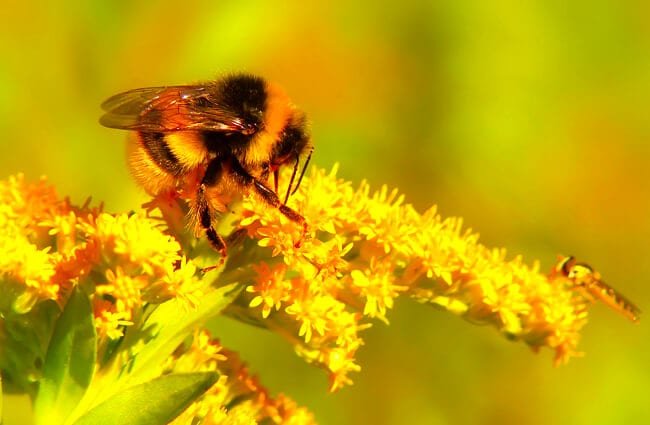
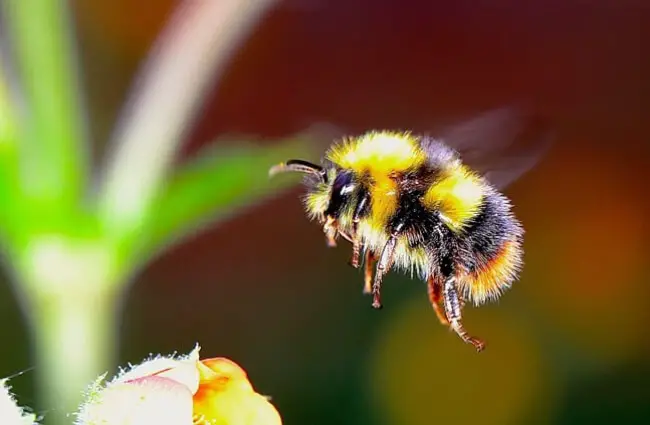
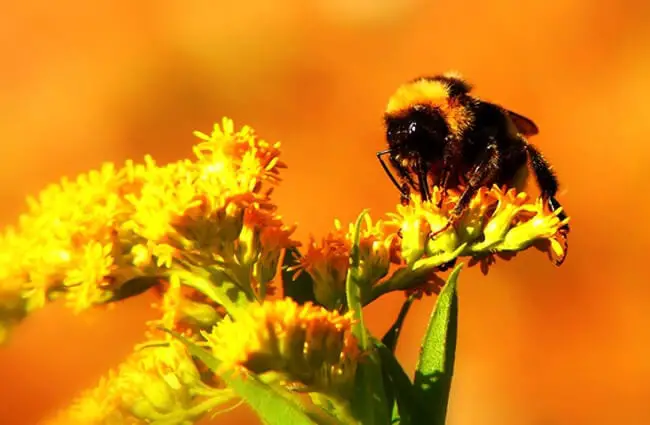
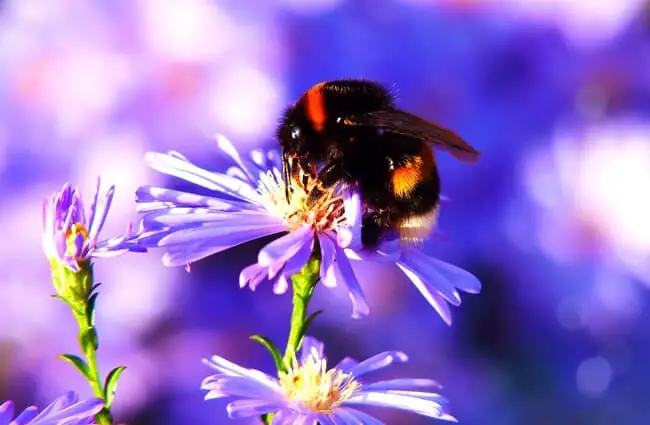
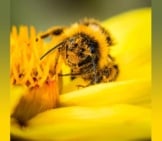

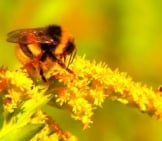




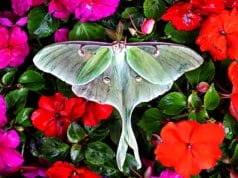
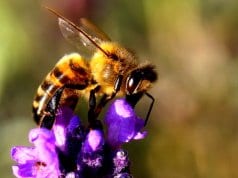










![Red Angus Closeup of a beautiful Red Angus cowPhoto by: U.S. Department of Agriculture [pubic domain]https://creativecommons.org/licenses/by/2.0/](https://animals.net/wp-content/uploads/2020/03/Red-Angus-4-100x75.jpg)

